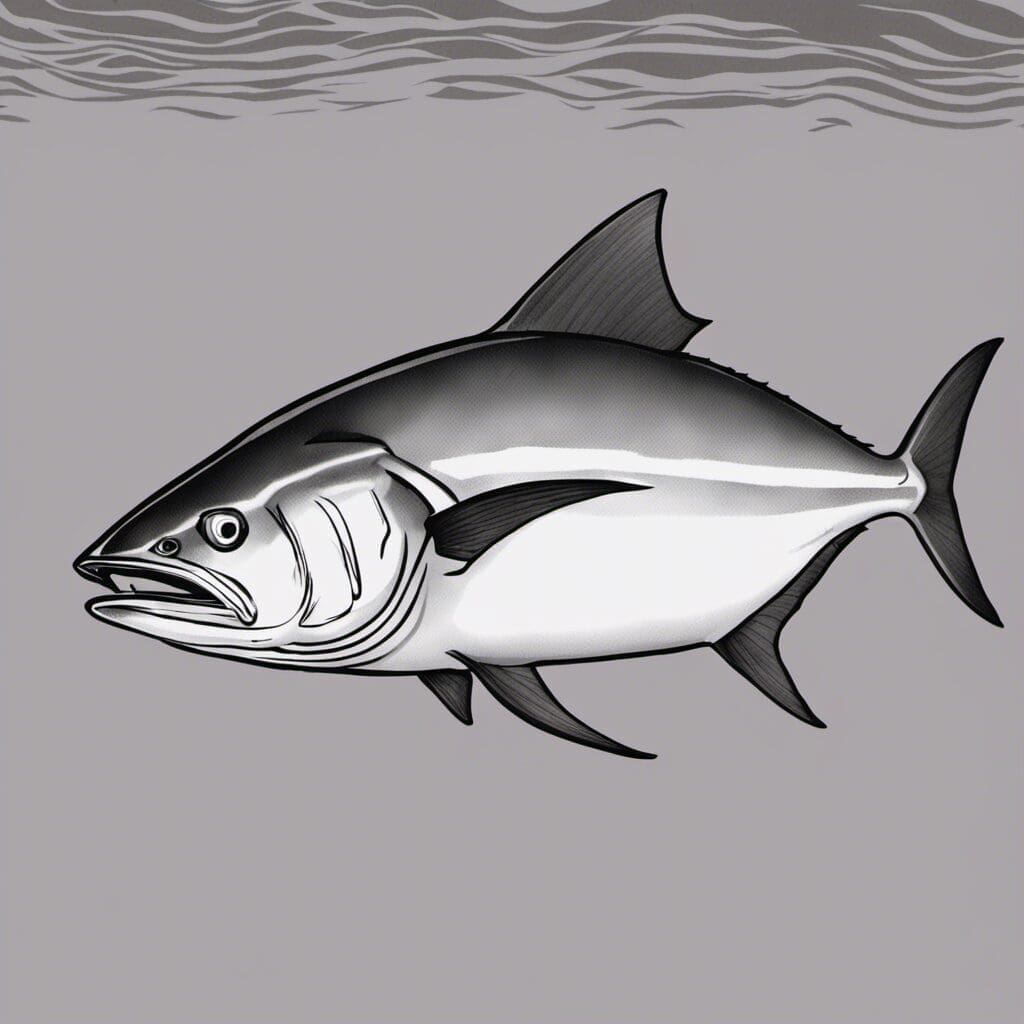Introduction
Greater Amberjack (Seriola dumerili) belongs to the Carangidae family, commonly referred to as the jack family. Renowned for its strength and endurance, the species is a target for recreational anglers looking for a challenging catch.
Conservation Status
Currently, the Greater Amberjack is listed as “least concern” by the International Union for Conservation of Nature (IUCN). Recreational fishing regulations have been implemented in some areas to control overfishing of local populations.
Statistics
| Length (Average) | 40-52 inches |
| Length (Range) | 24-75 inches |
| Weight (Average) | 40 pounds |
| Weight (Range) | 8-150 pounds |
| Average Lifespan | 15 years |
Distribution
Greater Amberjack are ocean-dwelling fish found in warm waters across the globe. They primarily inhabit the Indo-Pacific and Atlantic Ocean, including the Gulf of Mexico and Mediterranean Sea. They do not display prominent migration patterns, preferring to dwell in one area.
Habitats
The Greater Amberjack is a saltwater species found at a depth range of 20 to 70 meters. They prefer warmer water and are commonly found around reefs, wrecks, and offshore oil rigs which offer plenty of hiding spots for younger amberjacks.
When and Where to See
Greater Amberjacks are typically active throughout the year but are most plentiful in warmer months. They are diurnal creatures, meaning they are primarily active during the day.
Best Fishing Locations
Globally, you’ll find Greater Amberjack in several prolific spots:
- Gulf of Mexico, USA
- Florida Keys, USA
- Inland Sea, Japan
- Lastovo Islands, Croatia
- Andaman Sea, Thailand
- Red Sea, Egypt
- Ionian Sea, Greece
- Gulf of Hammamet, Tunisia
- Mediterranean Sea, Italy
- Caribbean Sea, Barbados
Generally, they are caught near underwater structures like reefs, shipwrecks, and oil rigs.
How to Catch
Greater Amberjack are challenging to catch, making them a favorite among sport fishermen. They are attracted to live bait—like squid and smaller fish—and artificial jigs. Trolling and deep jigging are common techniques used to catch Greater Amberjack. The best time to fish for them is during the warmer months of the year.
Identification Guide
The Greater Amberjack is easily recognized by its sleek, elongated body with a dark stripe extending from nose to in front of the dorsal fin. The species is amber in color, fading to silver white on the belly.
Culinary
The Greater Amberjack has a moderate flavor, with a large flake and high oil content. It’s commonly grilled, broiled, or smoked. Rich in protein and high in essential omega-3 fatty acids, it’s a healthy choice for seafood lovers.
Additional Information
In regard to feeding habits, Greater Amberjack prey on squids, crustaceans, and smaller fish. Predators include larger fish like sharks. Greater Amberjack are known for their tenacity, which has earned them a healthy respect among fisherman and contributed to various local folklore.
References and Further Reading
For more detailed information about the Greater Amberjack, the following resources are recommended. Please note these links will open in a new tab:
- IUCN Red List
- Fishbase
- Florida Museum

